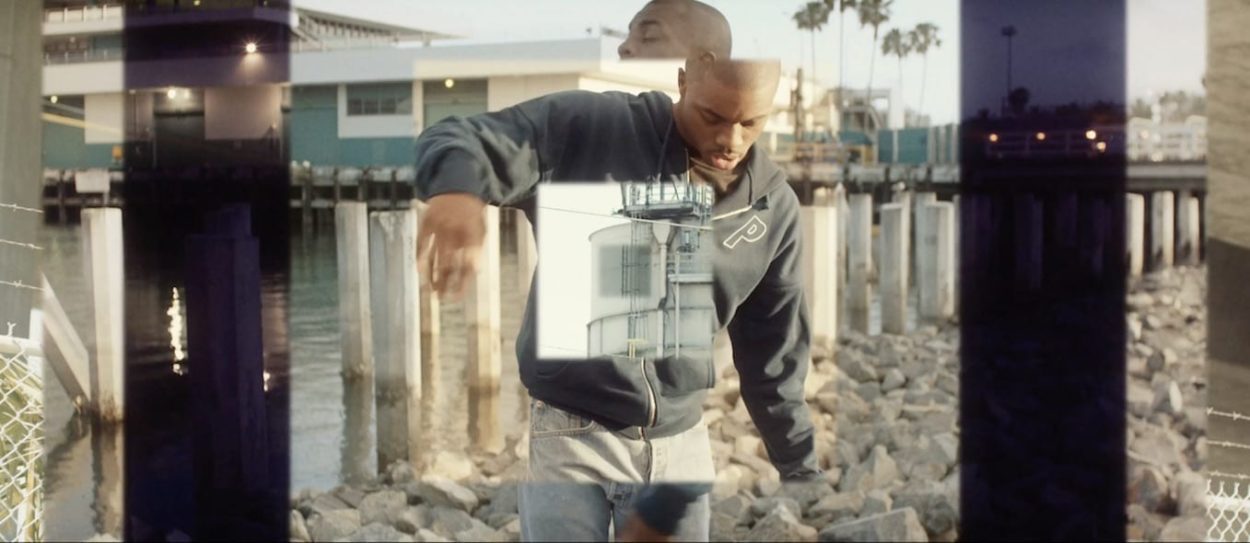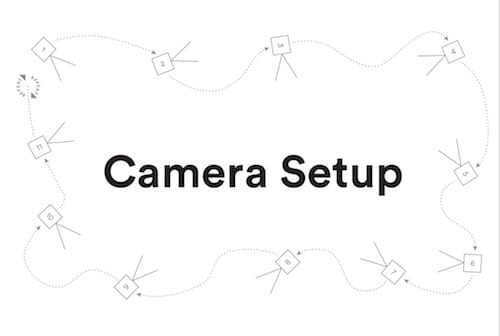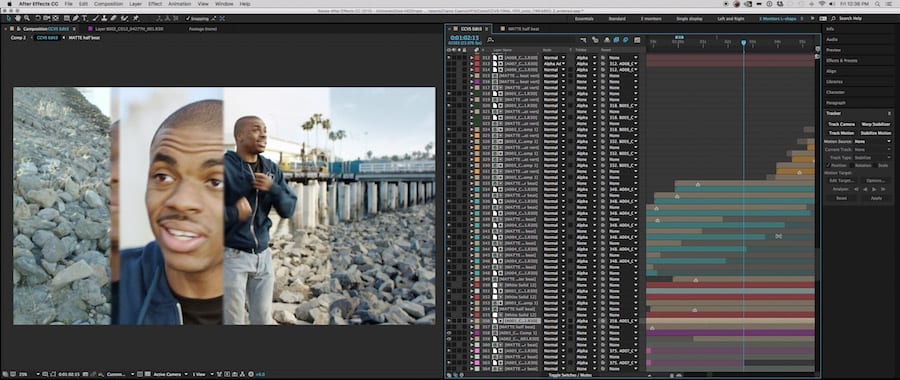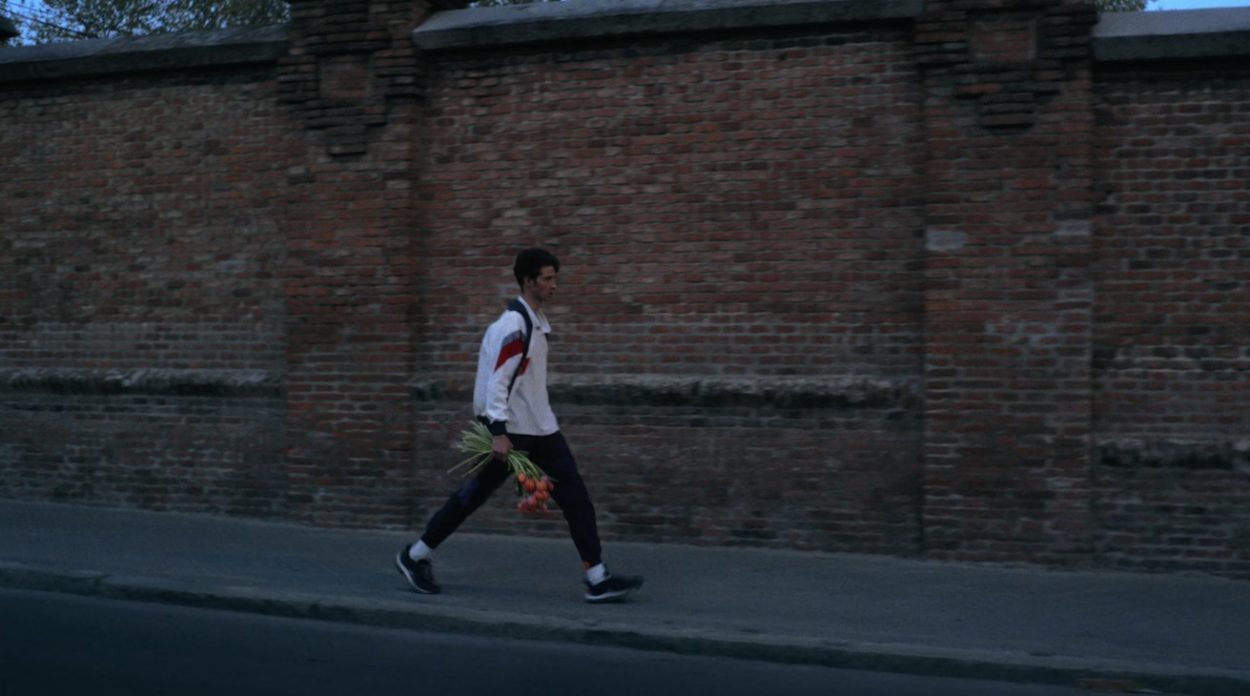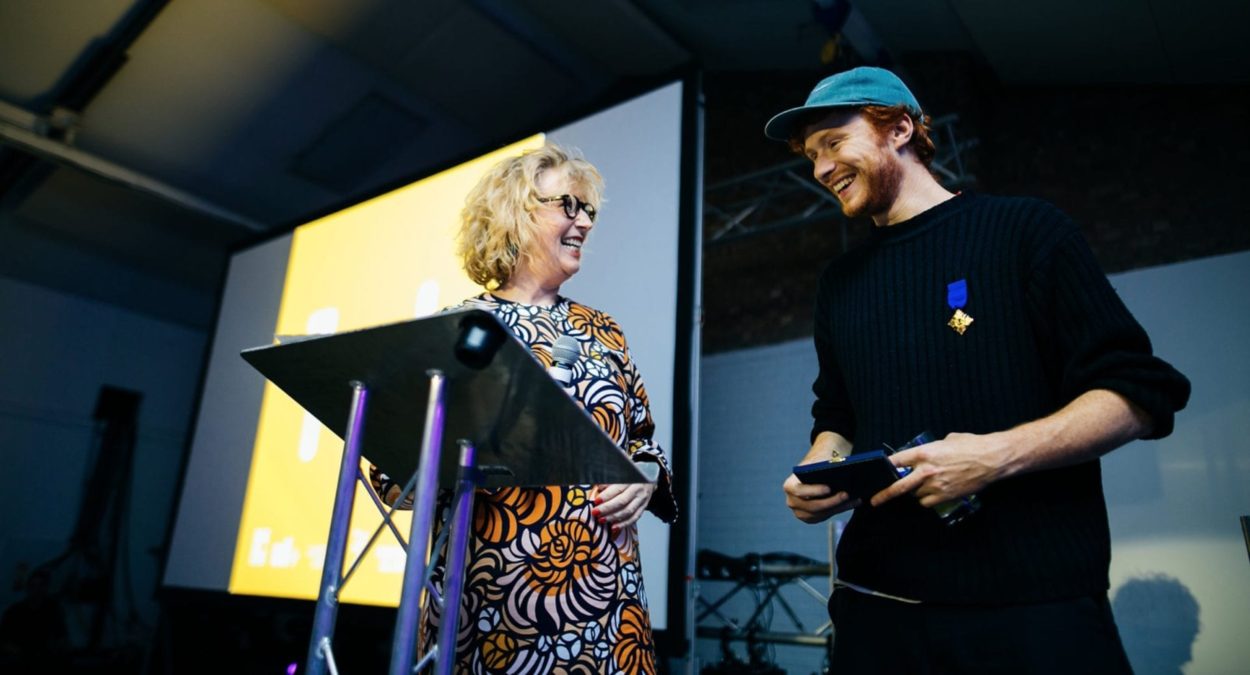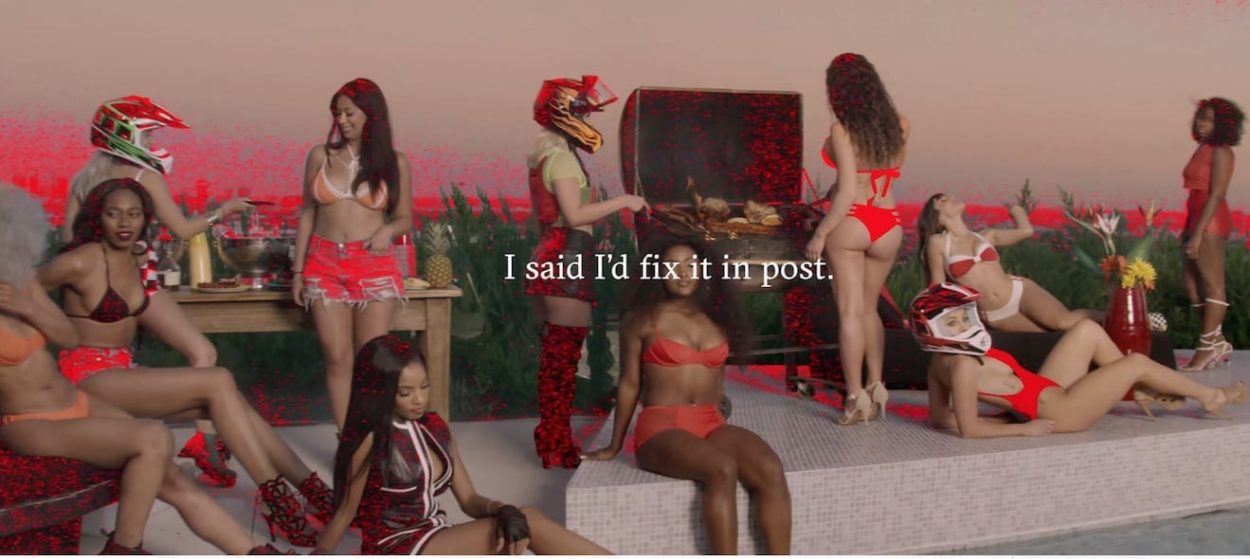Your film is the perfect solution for making a performance piece compelling but also uses a technique that is very relevant to the lyrics of All Nite.
Had you already experimented with “time slice” before the perfect brief arrived that fitted the technique?
No, I hadn’t touched this effect before. The idea just kind of popped into my head when thinking about the ideas of repetition and time passing by over and over. Luckily, there are many people who have explored this approach with stills photography previously, so I had a wealth of research material available online. To better understand how the process would work when translated to video, I filmed a sunset test on my roof in Brooklyn:
Can you talk us through the process of creating the film please – for instance did it take daaays to shoot all the locations at different times? Had you mapped out everything in detail before hand or did the video evolve quite a bit in the edit?
Filming took three days, we would basically pre-scout a location, determine our frames, and then move in with an army of tripods (12 in total) set them up, my DP Trevor Wineman and I would decide on the final frame, we’d lock it in and move to set the next frame. Once we began shooting, we would quickly move with 2 RED Dragons from tripod to tripod, in a kind of “round the world” approach:
We really just aimed to shoot as many setups as we could, which was quite challenging because every new setup we would add meant that we would be taking a little longer to make each trip “around the circuit”.
What were the most challenging aspects of making the video and how did you resolve them?
Post was honestly the most challenging, there was a huge amount of footage to dig through, and it was all shot in 5K. The edit really wasn’t something we were able to attack in a traditional way with Premiere, Final Cut, or similar. Instead, we organized the various takes in a per-setup approach, and then we dove right into editing in After Effects, building out the whole video progressively, strip by strip. The strips were created as different pre-composed clips in After Effects, which allowed us to re-time/tweak them globally pretty quickly.
The drawback to this approach was basically a workflow that made “edits” in the traditional sense a bit time intensive, as a small move could lead to a domino effect of changes being made across the entire timeline. I added in some subtle VFX moments (flares, planes, birds) to emphasize the passage of time, and did a bit of sky replacement, but aside from that, everything was captured in camera. Due to the unique pipeline, the color grade was performed within After Effects itself, rather than routing the clips into a colorist’s existing workflow (Resolve or Baselight).
